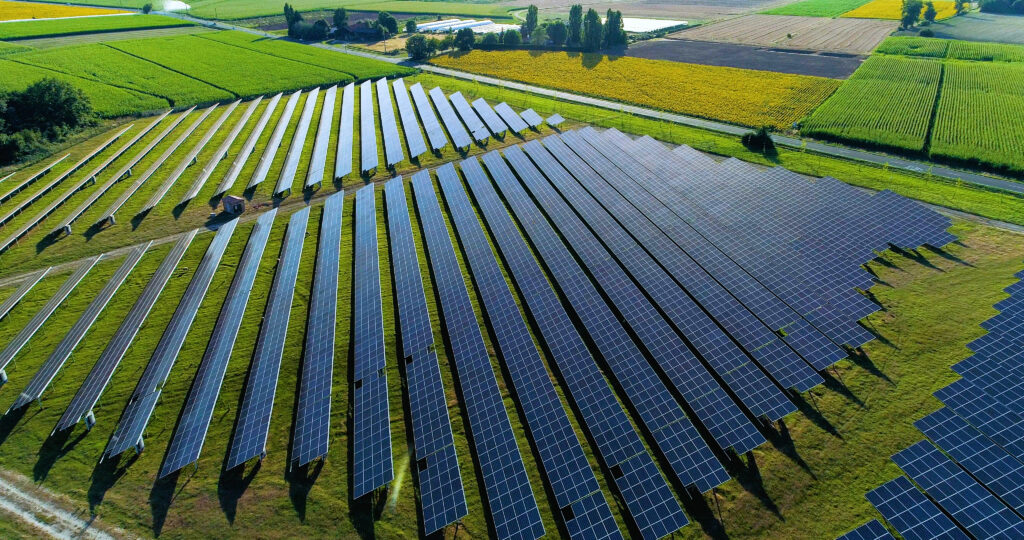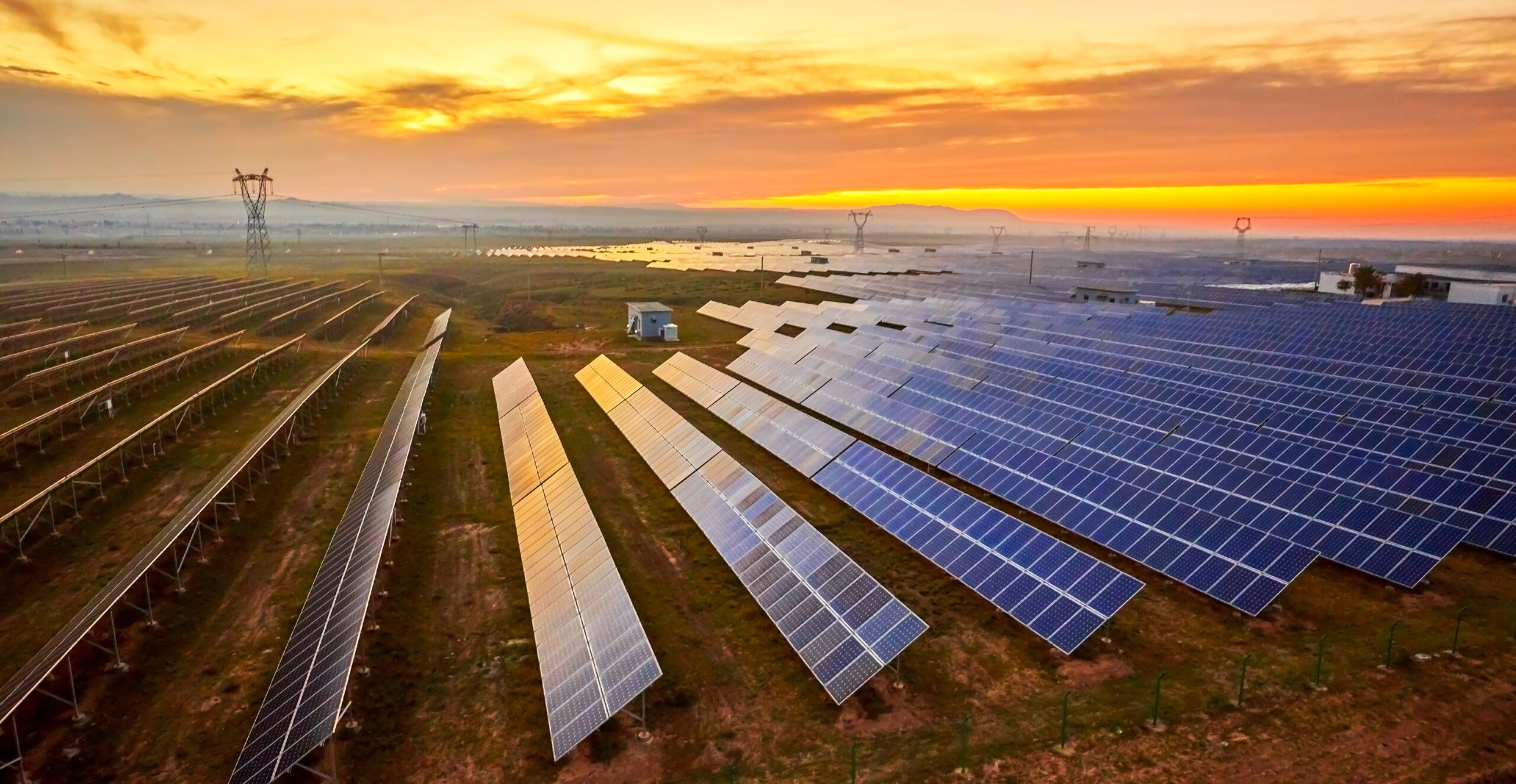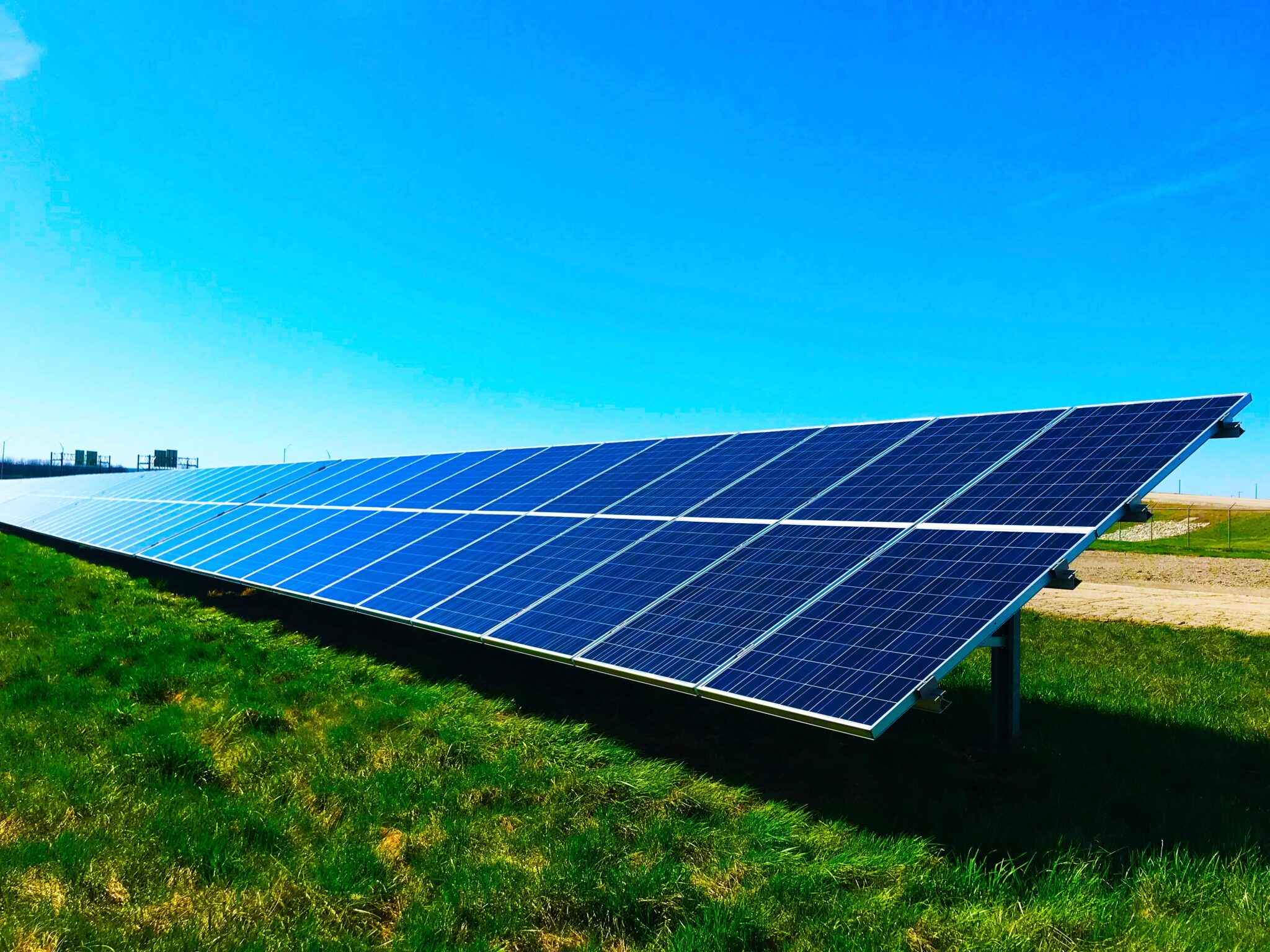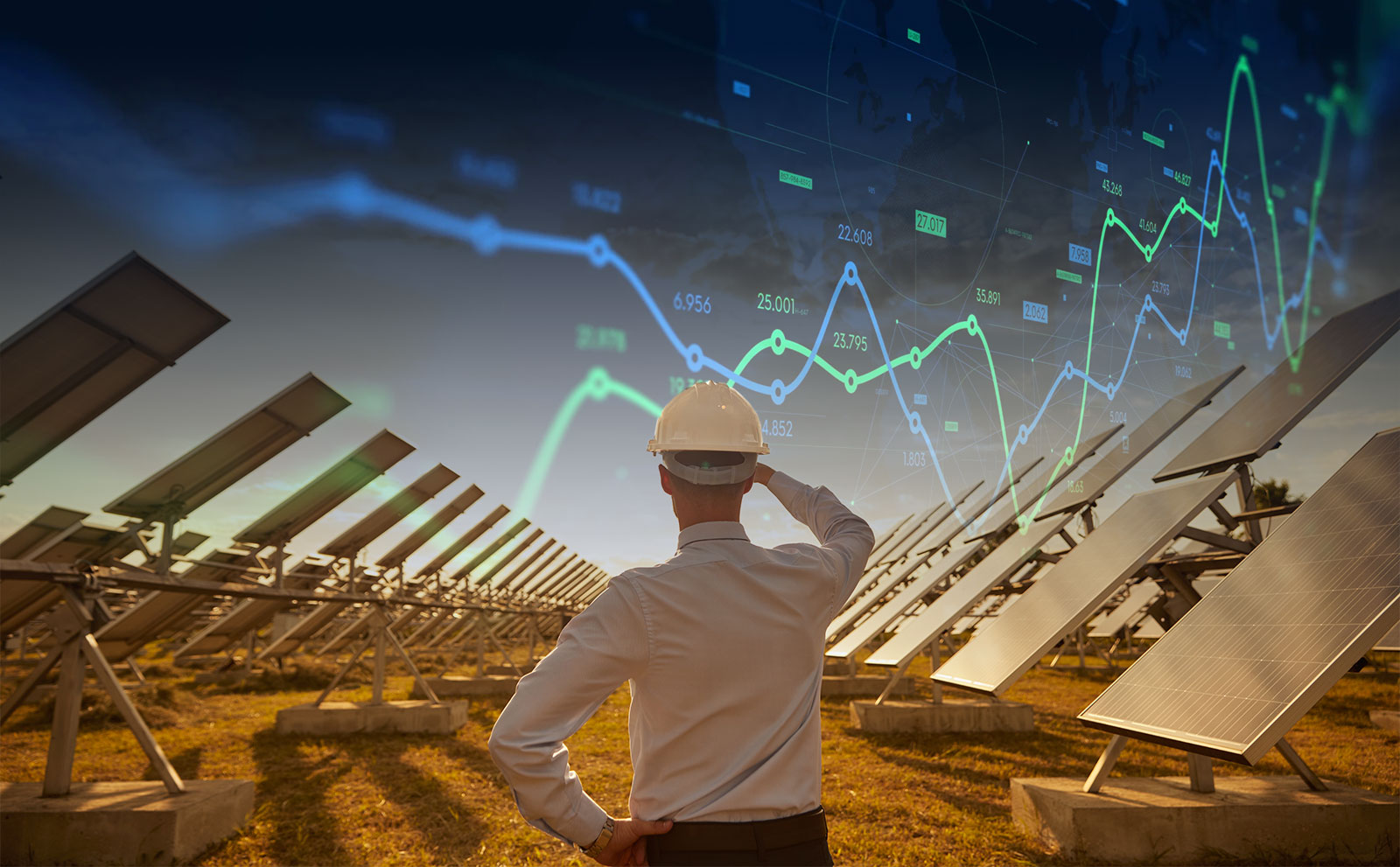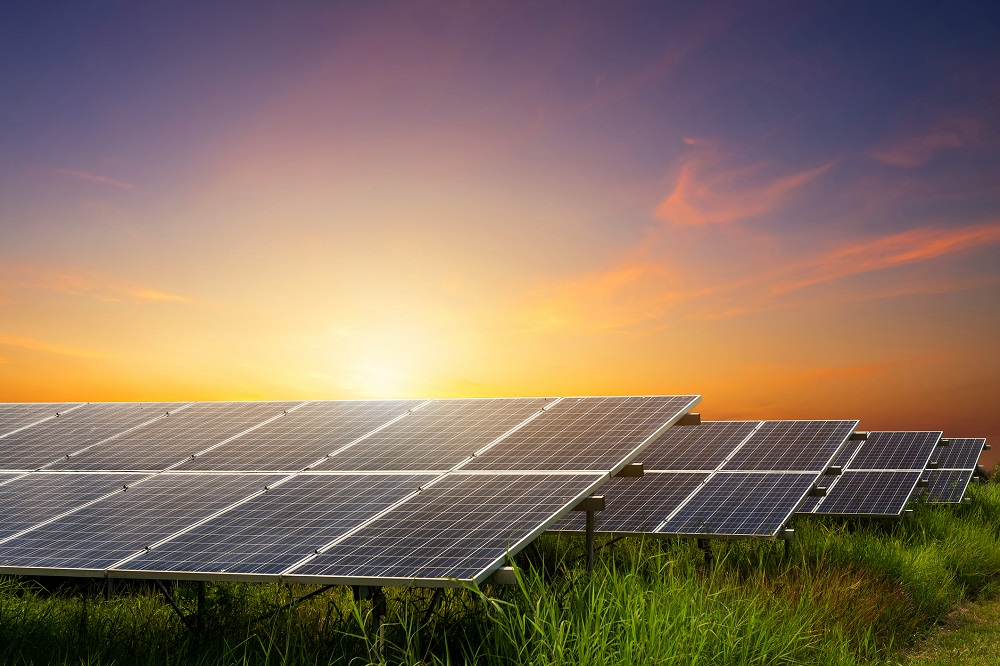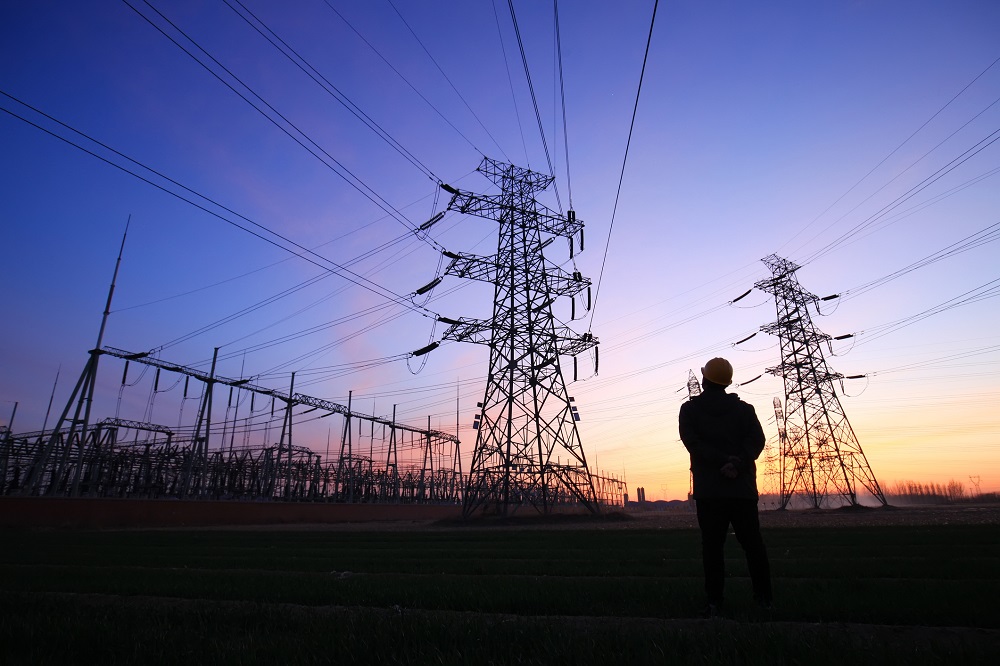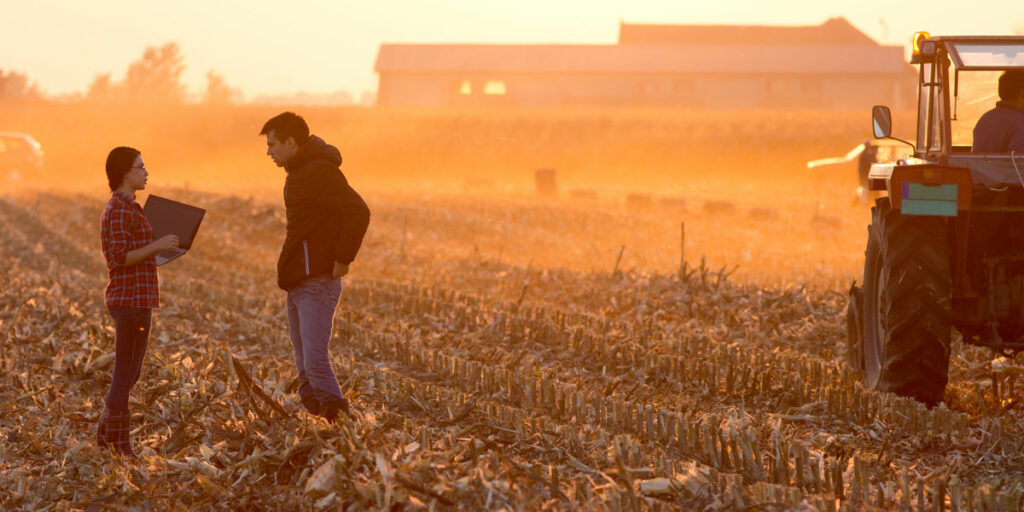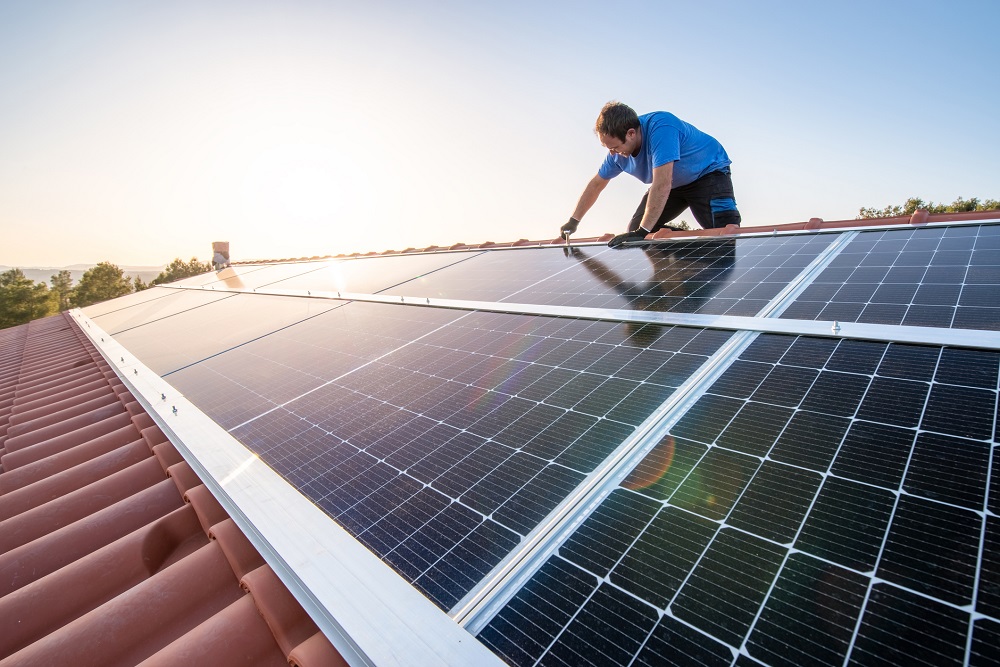There are over 2,500 solar farms in the U.S., ranging in size from a few dozen to hundreds of acres. Solar farms produce clean energy that helps communities lower utility costs and landowners generate stable income over decades. If you’re a landowner considering a solar farm lease, here’s what you’ll need to know.
What You Need
First, you must have the right-sized land. Some governing authorities regulate how large solar farms can be, but generally, companies look for at least 30 acres up to a few hundred, which allows for transmission-scale projects. The land must be flat and ideally, have a compact regular shape, which allows for a more efficient design of the panel arrays. Annual snow and rainfall are not factors, but the land must not be in a designated flood zone or jurisdictional wetland. For 30-100 acre solar farms, the land must also have access to power lines and be a reasonable distance from a substation, usually within three to five miles.
If your property is being farmed or has an agricultural tenant, you’ll have plenty of time to give notice and make changes. It takes months, sometimes years to get a project approved and ready for actual development, and you’ll have full use of the land and the profit from it until the project gets underway.
Profitability
Leasing to a solar farm tenant will almost certainly increase your profitability; we find that landowners average up to six times what they were earning per acre from a cash crop. The risk for the landowner is reduced dramatically, as well; most leases are 25 – 40 years and the revenue won’t be threatened by weather, changing market pricing, or subsidy policies.
Landowners have some legitimate concerns about the value of their property and the reaction they’ll get from their neighbors and visitors to the area. Mitigation issues are under the control of city or county boards. They’ll be able to create policies that ensure the land is managed using environmentally sound methods and that neighboring properties retain their value. They can require borders around the property to create natural visual barriers. Getting zoning and other legal permissions will be the work of the tenant company; all they ask is that the owner be publicly supportive of the project.


